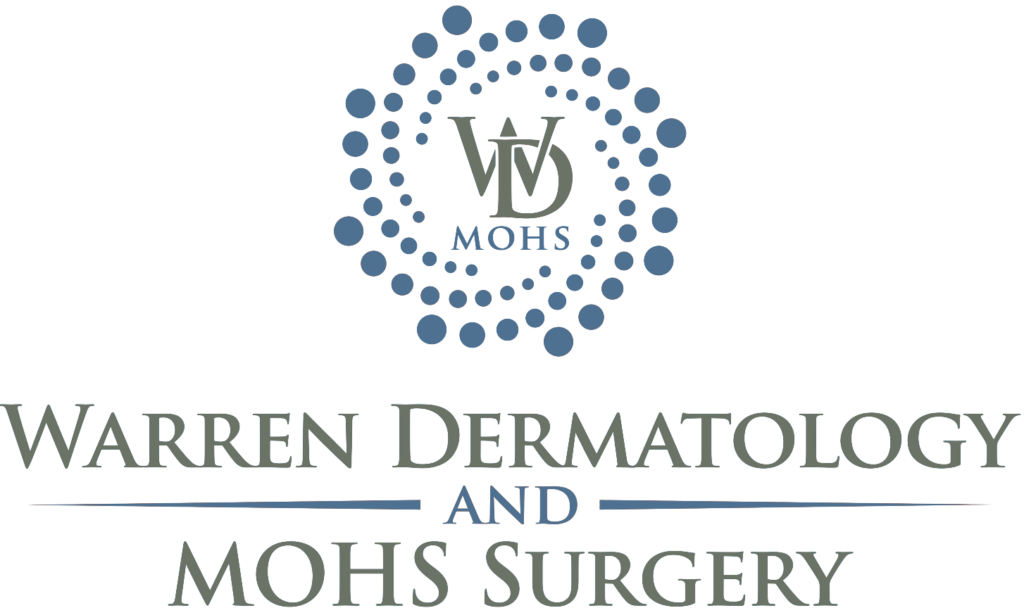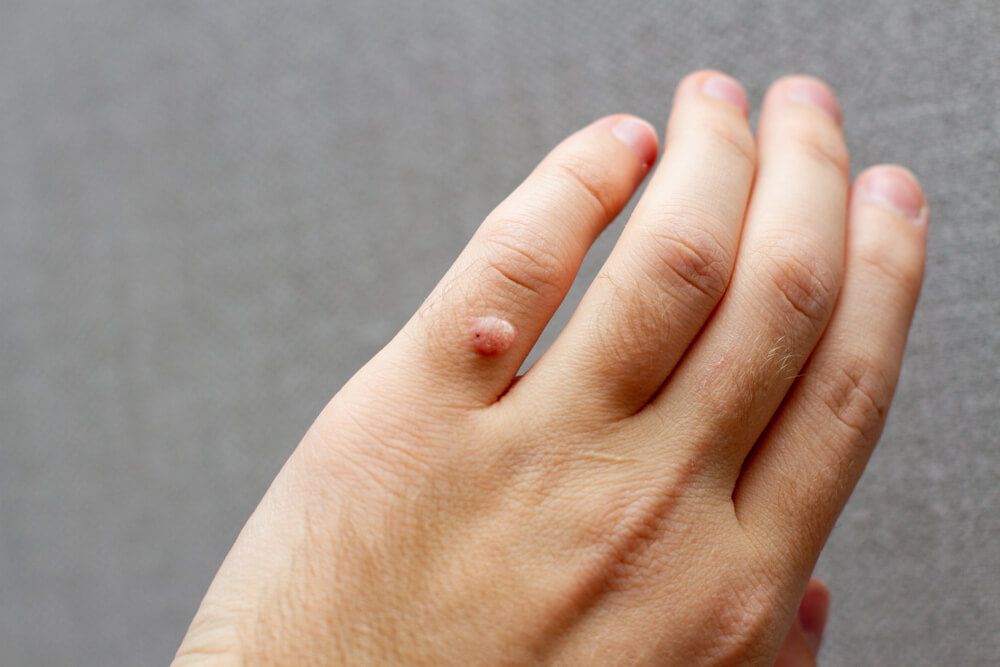How do dermatologists diagnose warts?
A dermatologist can tell whether you have a wart by looking at it. In rare cases, a dermatologist may need to perform a skin biopsy to be certain. If a dermatologist needs to perform a biopsy, the doctor will remove the wart and send it to a lab. At the lab, a small piece of the wart will be looked at under a microscope.
A biopsy is a safe and quick procedure for a dermatologist to perform. It should not cause any anxiety.
How do dermatologists treat warts?
Warts often go away without treatment. This is especially true when children get warts. In adults, warts may not disappear as easily or as quickly as they do in children. Although most warts are harmless, dermatologists do treat them.
You should see a dermatologist if you cannot get rid of the warts, the warts hurt, or you have many warts. Dermatologists have many treatments for warts. The treatment used depends on the patient’s age and health as well as the type of wart.
A dermatologist may use one of the following treatments:
- Cantharidin: A dermatologist may treat a wart in the office by “painting” it with cantharidin. Cantharidin causes a blister to form under the wart. In a week or so, you can return to the office and the dermatologist will clip away the dead wart.
- Cryosurgery: For common warts in adults and older children, cryosurgery (freezing) is the most common treatment. This treatment is not too painful. It can cause dark spots in people who have dark skin. It is common to need repeat treatments.
- Electrosurgery and curettage: Electrosurgery (burning) is a good treatment for common warts, filiform warts, and foot warts. Curettage involves scraping off (curetting) the wart with a sharp knife or small, spoon-shaped tool. These two procedures often are used together. The dermatologist may remove the wart by scraping it off before or after electrosurgery.
- Excision: The doctor may cut out the wart (excision).
If the warts are hard-to-treat, the dermatologist may use one of the following treatments:
- Laser treatment: Laser treatment is an option, mainly for warts that have not responded to other therapies. Before laser treatment, the dermatologist may numb the wart with an anesthetic injection (shot).
- Chemical peels: When flat warts appear, there are usually many warts. Because so many warts appear, dermatologists often prescribe “peeling” methods to treat these warts. This means, you will apply a peeling medicine at home every day. Peeling medicines include salicylic acid (stronger than you can buy at the store), tretinoin, and glycolic acid.
- Bleomycin: The dermatologist may inject each wart with an anti-cancer medicine, bleomycin. The shots may hurt. They can have other side effects, such as nail loss if given in the fingers.
- Immunotherapy: This treatment uses the patient’s own immune system to fight the warts. This treatment is used when the warts remain despite other treatments. One type of immunotherapy involves applying a chemical, such as diphencyprone (DCP), to the warts. A mild allergic reaction occurs around the treated warts. This reaction may cause the warts to go away.
Outcome
There is no cure for the wart virus. This means that warts can return at the same site or appear in a new spot.
Sometimes, it seems that new warts appear as fast as old ones go away. This happens when the old warts shed virus cells into the skin before the warts are treated. This allows new warts to grow around the first warts. The best way to prevent this is to have your dermatologist treat new warts as soon as they appear.
Warts are a common skin concern that can affect anyone. We understand the frustration and challenges that come with it, which is why we want to ensure you that you don’t have to face it alone. At our practice, Dr. Morgan Hott, Dr. Hamrock, Victoria Dennis, FNP-C, Wendy Demetrios, FNP-C and Brianna Marin, MPAS, PA-C are dedicated to providing you with the highest standard of care and expertise in medical dermatology. With our team, you can rest assured that your skin is in good hands. We strongly encourage you not to let warts hold you back from feeling comfortable and confident in your own skin.



